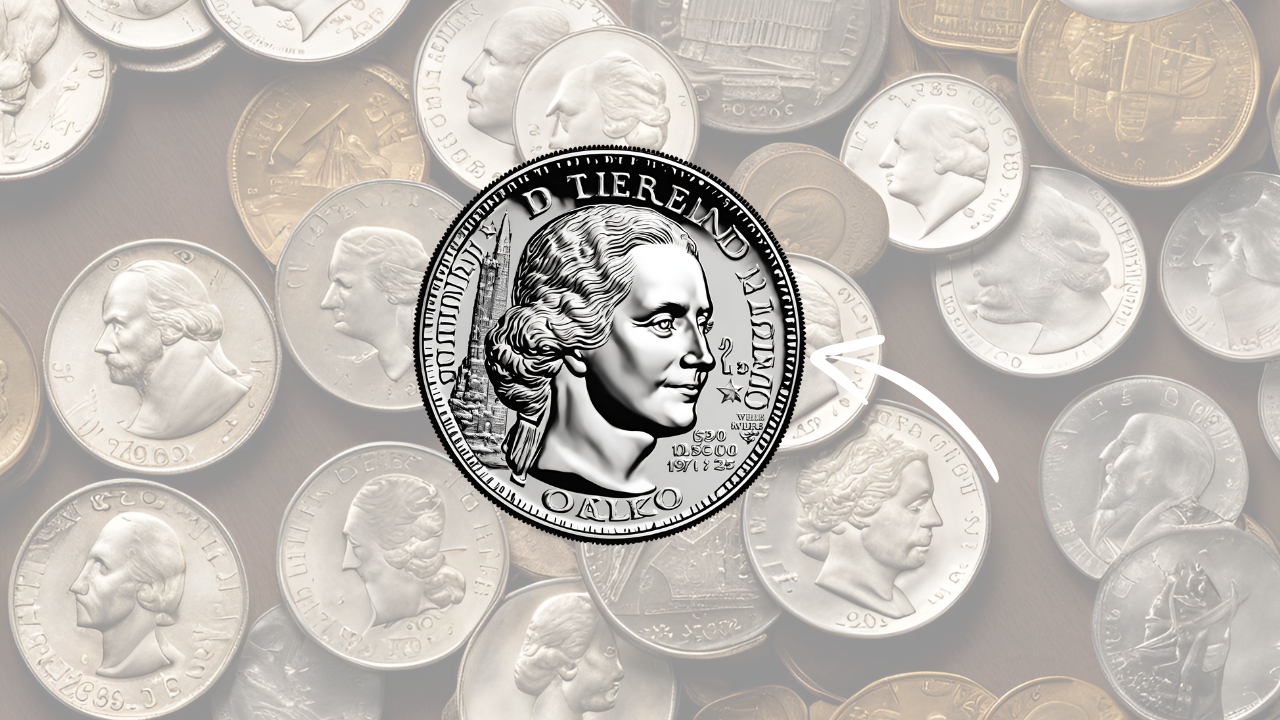In the realm of American numismatics, few coins capture the imagination quite like the Bicentennial Quarter.
Minted in 1975 and 1976 to commemorate the United States’ 200th anniversary, these quarters have become more than just currency—they’re tangible pieces of history.
As we approach 2025, nearly five decades after their initial release, the value and allure of these coins continue to intrigue collectors and casual observers alike.
The Birth of a Commemorative Coin
The story of the Bicentennial Quarter begins in the early 1970s, as the United States prepared to celebrate its bicentennial.
The U.S. Mint, recognizing the historical significance of the occasion, decided to create special commemorative designs for the quarter, half dollar, and dollar coins.
These would be the first circulating commemorative coins in U.S. history, marking a significant departure from traditional coinage.
The quarter’s design, created by Jack L. Ahr, features a colonial drummer on the reverse side, accompanied by a victory torch encircled by 13 stars—representing the original colonies.
The obverse retained the familiar portrait of George Washington but with the dual dates of 1776-1976, bridging America’s past with its present.
Minting and Distribution
The Bicentennial Quarters were minted at three locations:
Philadelphia (no mint mark): 809,784,016 coins
Denver (D mint mark): 860,118,839 coins
San Francisco (S mint mark):
11,000,000 uncirculated 40% silver coins
7,059,099 proof clad coins
4,000,000 proof 40% silver coins
This massive production ensured that these quarters would become a ubiquitous part of American currency, with millions of citizens handling a piece of history in their daily transactions.
The Quest for Value
As we look towards 2025, the question on many minds is: What are these quarters worth today? The answer, as with many things in numismatics, is nuanced.
Common Circulated Coins
For the average person finding a Bicentennial Quarter in their pocket change, the value is typically face value—25 cents. However, even common circulated examples often sell for a small premium, around 50 cents to $1, due to their historical significance and collector interest.
Uncirculated Coins
Uncirculated copper-nickel clad quarters from Philadelphia or Denver in pristine condition can fetch anywhere from $1 to $5, depending on their state of preservation.
Silver Varieties
The real value lies in the silver versions:
Uncirculated 40% Silver Quarters: These can range from $5 to $15, depending on condition and silver prices.
Proof 40% Silver Quarters: In perfect condition, these can be worth $10 to $30.
Rare Varieties and Errors
Certain rare varieties and minting errors can significantly increase a Bicentennial Quarter’s value:
1976-S Silver Proof Deep Cameo: A perfect specimen (PR70DCAM) sold for $2,760 in 2007.
1976-S Clad Proof: An exceptionally graded example sold for $6,038 in 2010.
1976-D Clad DDO (Double Die Obverse): A high-grade business strike sold for $8,400 in 2023.
The Million-Dollar Myth
It’s crucial to address a persistent myth circulating online: the idea of a Bicentennial Quarter worth millions.
While it’s true that some extremely rare coins can reach astronomical values, there is no known Bicentennial Quarter legitimately valued at millions of dollars. Claims of such coins are often exaggerations or misunderstandings.
The most valuable Bicentennial Quarter on record—a 1976-S Silver Quarter graded MS68 by PCGS—sold for $19,200 at auction. While impressive, it’s a far cry from the millions sometimes claimed in sensationalized reports.
Factors Affecting Value
Several factors influence the value of a Bicentennial Quarter:
Condition: Coins in pristine, uncirculated condition are worth more than those showing wear.
Composition: Silver versions are generally more valuable than clad ones.
Mint Mark: San Francisco (S) mint coins, particularly proofs, often command higher prices.
Rarity: Certain error coins or varieties are rarer and thus more valuable.
Historical Significance: As time passes, the historical importance of these coins may increase their value.
Collecting Bicentennial Quarters
For those interested in collecting these pieces of American history, here are some tips:
Start with Circulation: Check your change for Bicentennial Quarters. It’s an easy and cost-effective way to begin.
Learn About Grading: Understanding coin grading can help you identify more valuable specimens.
Consider Silver Versions: While more expensive, silver Bicentennial Quarters offer greater potential for appreciation.
Look for Errors: Familiarize yourself with known error varieties, as these can be hidden treasures.
Protect Your Collection: Use appropriate storage methods to preserve your coins’ condition.
The Future of Bicentennial Quarters
As we approach the 250th anniversary of American independence in 2026, interest in Bicentennial Quarters may see a resurgence.
While it’s unlikely that common examples will ever become rare due to their high mintage, well-preserved specimens, particularly silver versions, may continue to appreciate in value.
The numismatic community is also speculating about potential new commemorative coins for the semiquincentennial. Such releases could renew interest in the original Bicentennial coins, potentially impacting their market value.
Bicentennial Quarter worth
The Bicentennial Quarter stands as a testament to American history, artistry, and numismatic interest.
While not every example will make its owner wealthy, these coins offer something perhaps more valuable—a tangible connection to our nation’s past.
For collectors, the hunt for pristine examples and rare varieties continues, driven by passion and the thrill of discovery.
For the average person, finding a Bicentennial Quarter in circulation remains a moment of connection with history, a brief pause in the day-to-day to reflect on two centuries of American heritage.
As we move towards 2025 and beyond, the Bicentennial Quarter’s legacy endures.
Whether valued at face value or thousands of dollars, each coin tells a story—of a nation celebrating its history, of artistic achievement in numismatics, and of the enduring allure of collecting pieces of the past.
In the end, the true value of a Bicentennial Quarter may not be in its monetary worth, but in its ability to connect us with our shared history, spark curiosity, and inspire a new generation of collectors and history enthusiasts. As we handle these coins, we’re not just counting change; we’re holding history in our hands.
